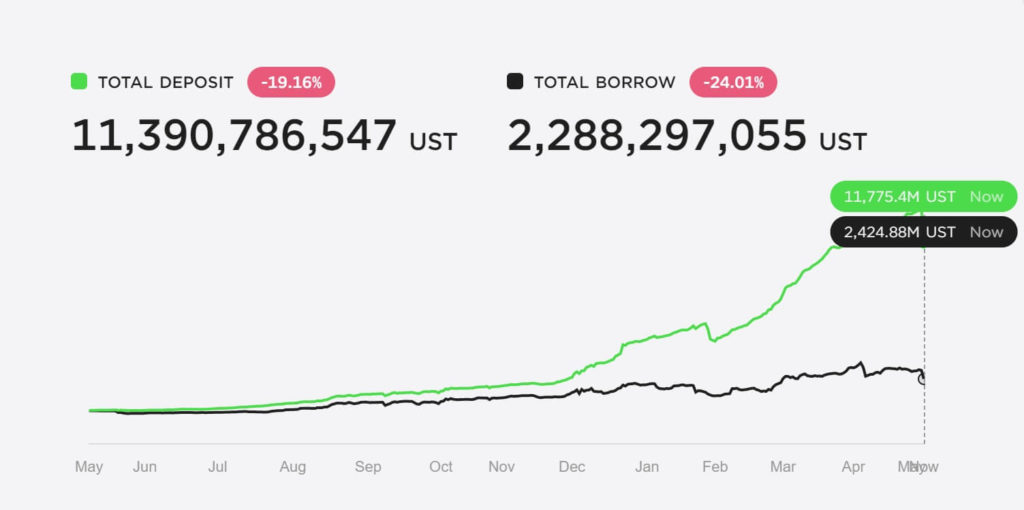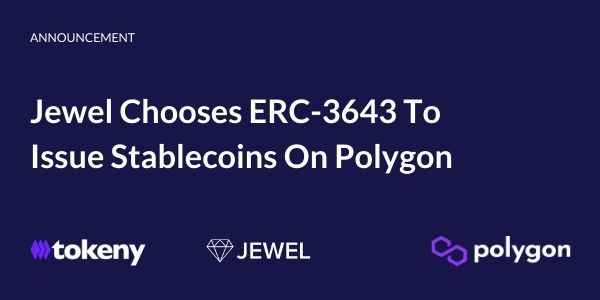Stablecoins Were Not Made to Go to the Moon
As you may have heard, the recent news about TerraUSD (UST)’s major losses the past two weeks has generated much criticism and worry around the solidity of stablecoins.
In last month’s newsletter, I mentioned how stablecoin awareness and regulation have become a priority for regulators. In the weeks that followed, one of the main stablecoins in market cap de-pegged and crashed the whole crypto market.
It’s easy to say after the fact, but I wasn’t surprised that the UST fell apart. However, I had neither anticipated such spotlight from the financial and mainstream media, nor such impact on the crypto market. In my opinion, UST was clearly a stablecoin for speculation as the majority of buyers were using it to get the 19.5% APY on the Anchor protocol.
Funnily enough, on the Anchor website, it was clearly highlighted that the amounts lent were much higher than the amounts borrowed. There was bound to be a problem somewhere, and many forgot the crypto saying: “Do your own research”. Terra’s business model did not seem to be built for digital payment purposes. Instead, they emphasized incentivization for holders. Terra was actually betting on the success of the LUNA coin to compensate for UST’s stability. This ultimately led to an implosion within the LUNA ecosystem that, even with $3 billion injected from their reserves, could not prevent a collapse.







